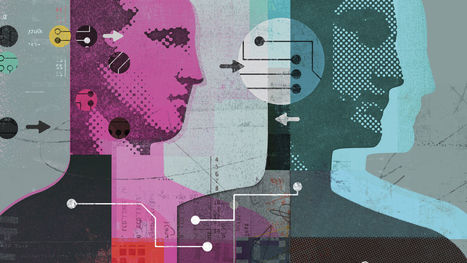Mazin Gilbert has an ambitious goal. As vice president of advanced technologies at AT&T, Gilbert wants to make AI technologies widely available throughout the corporation, especially to those who might not have a computer science background and may not even know how to program. Call it the “democratization of AI.” To accomplish that goal, AT&T is building a user-friendly platform with point-and-click tools that will enable employees — up to one-quarter of the company’s workforce — to build their own AI applications.
AT&T and a host of other companies are trying to address a crucial issue in business: the severe shortage of AI talent. According to some estimates, only about 10,000 programmers in the world have the necessary expertise to develop advanced AI algorithms. But that’s barely a drop in the bucket for what companies will need in their future workforces. Tools like AT&T’s platform will help spread AI technologies well beyond just a limited number of “haves” and reach the “have nots” that may lack the technical knowledge and experience.
This democratization of AI will happen in two ways. First, it will enable employees across a large organization like AT&T to develop their own AI applications to make them better at their jobs. But it will also allow smaller firms to deploy some of the same AI capabilities that have heretofore been limited to large corporations. Think of how spreadsheets like Lotus 1-2-3 and Excel helped democratize data analysis, enabling even mom-and-pop shops to perform invaluable “what-if” analyses.
Via The Learning Factor



 Your new post is loading...
Your new post is loading...














Off-the-shelf tools will shift competitive advantage.
It's miserable to see that the utilization of custom business card design is vanishing in the present advanced age. In any case, since no single alternative has sufficiently increased the drive to supplant this straightforward advertising device, it is as yet critical and irreplaceable to keep a decent stock in your wallet, pocket or portfolio to ensure you get the chance to present yourself successfully when the shot comes.
That is valid, yet at the same time, there are different contemplations that you have to consider. One of them is the substance of the card. Content, all things considered, is above all else. You have to guarantee that your message and contact subtle elements are the first rates on the custom business card design.